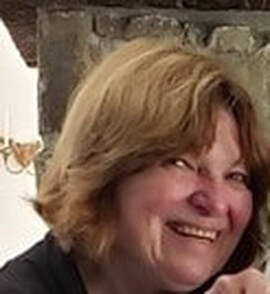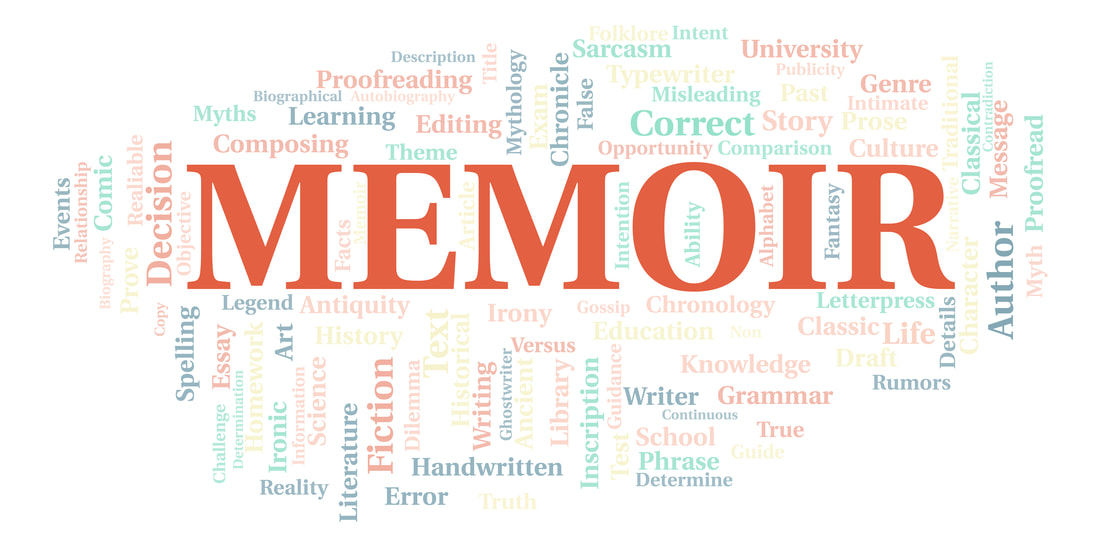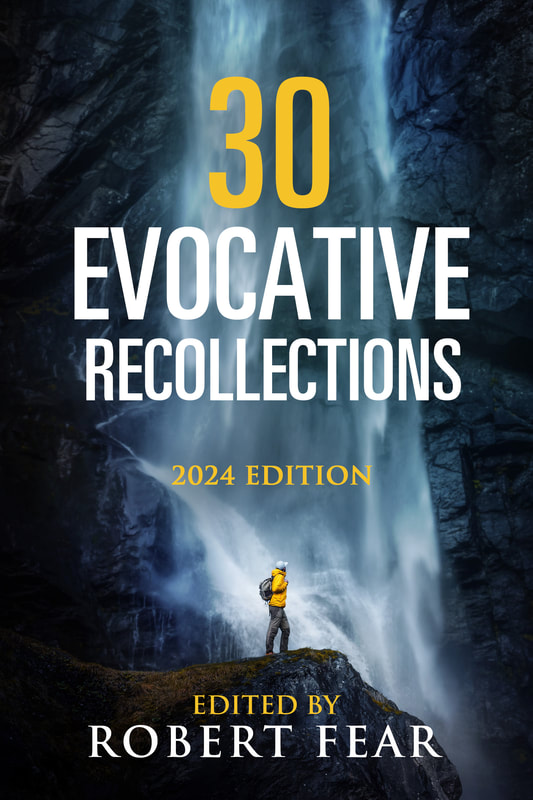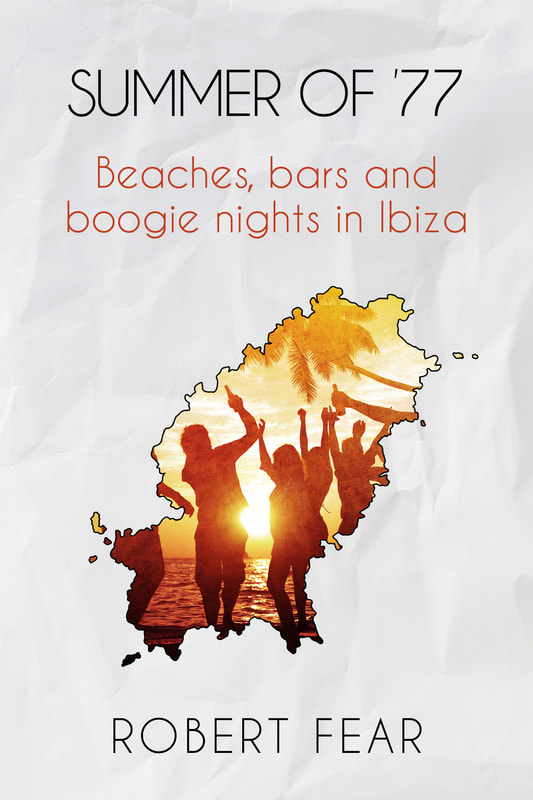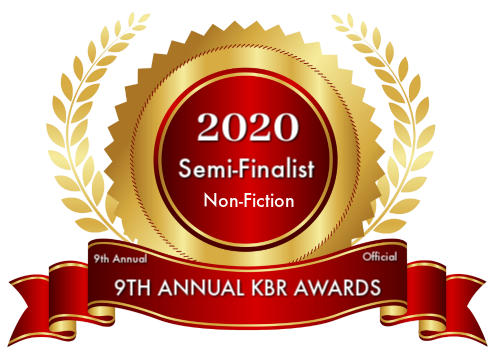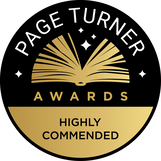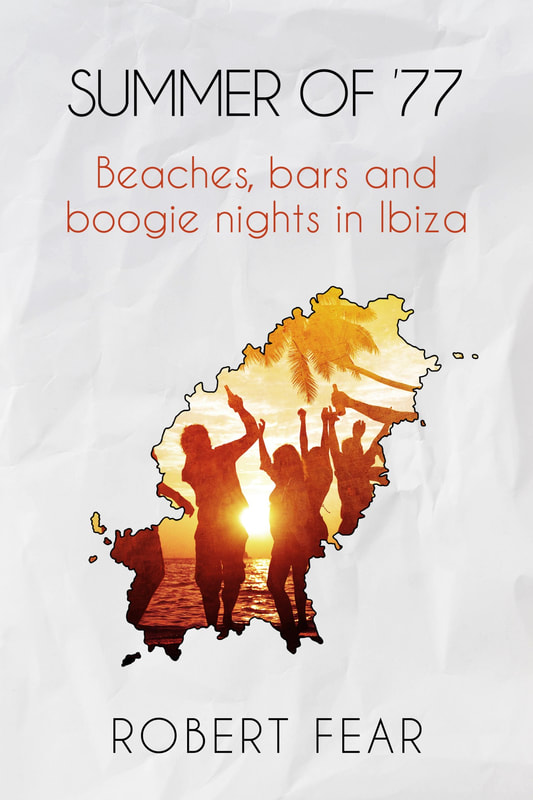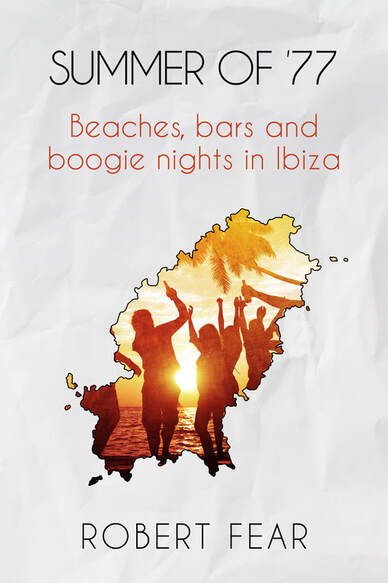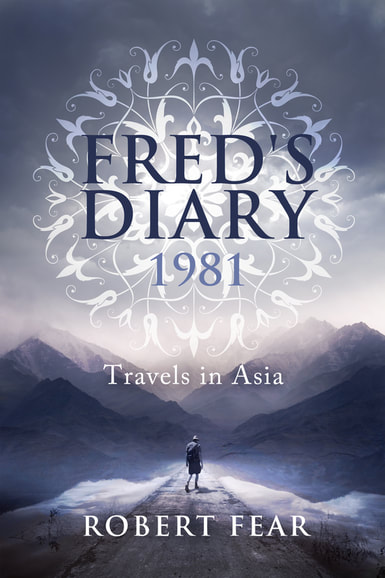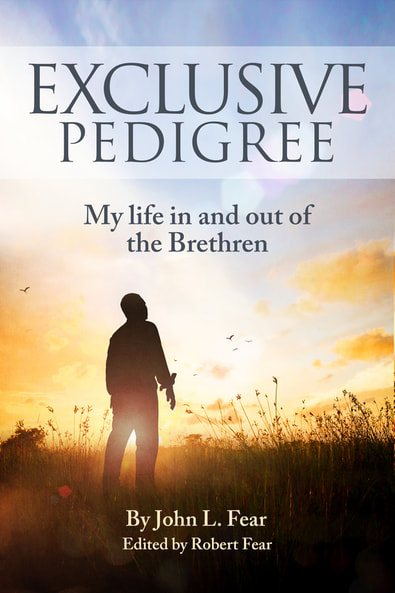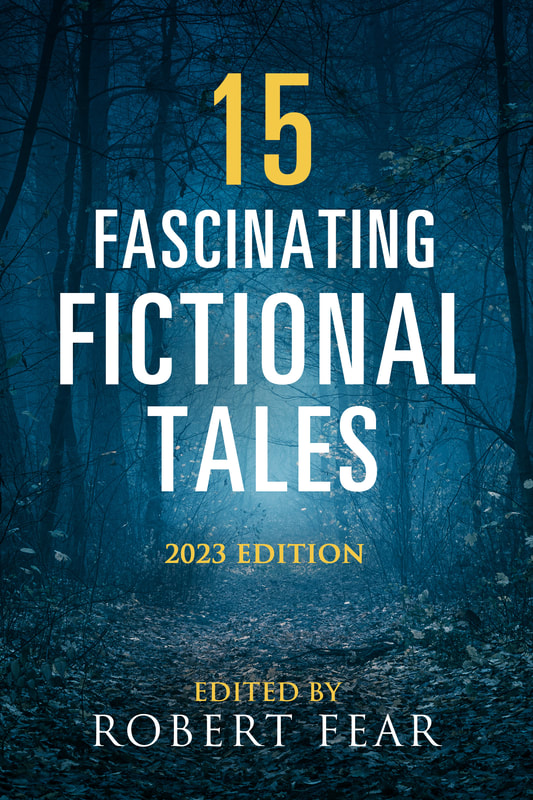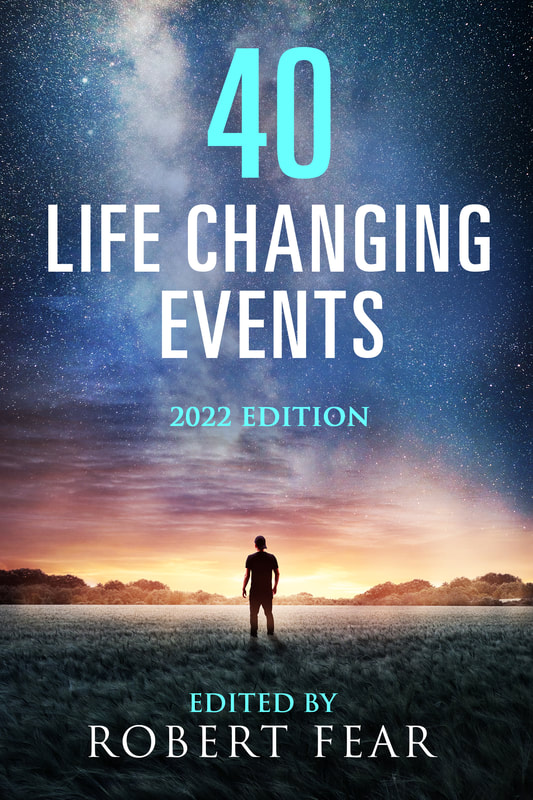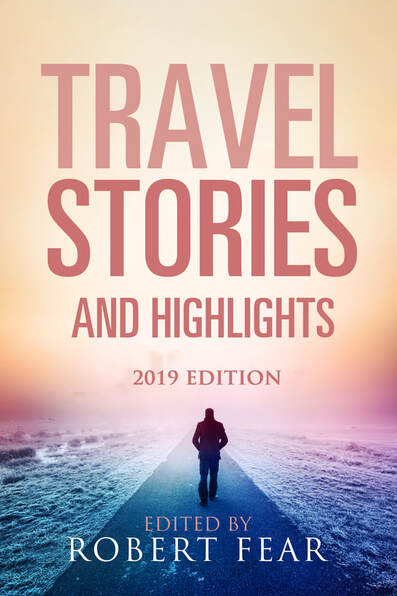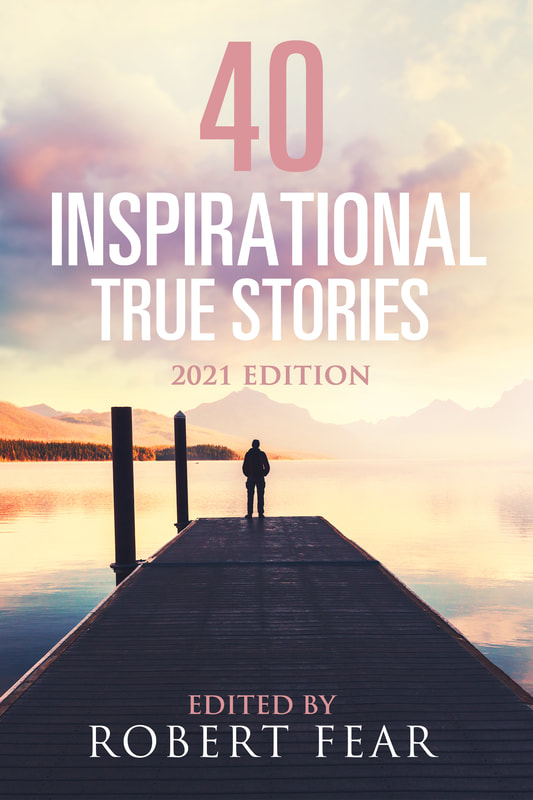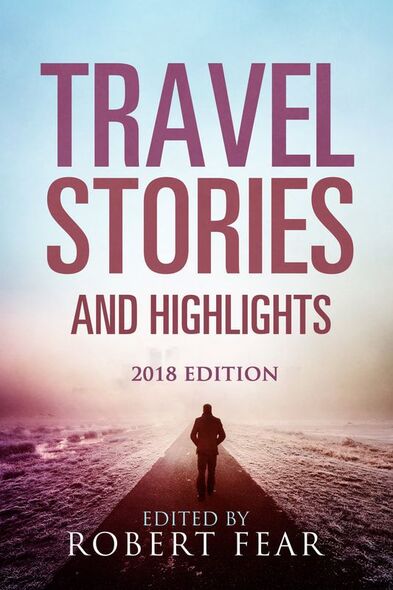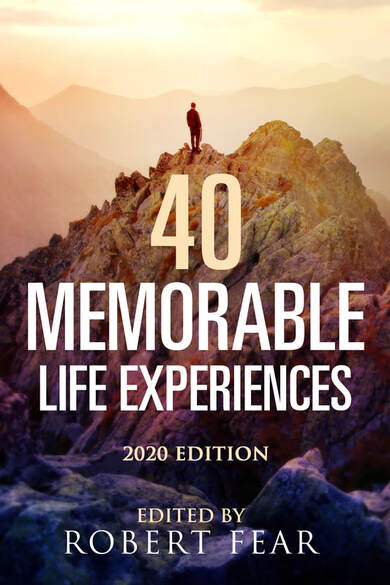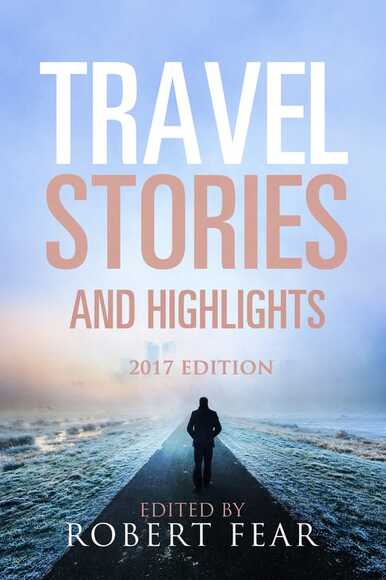For the first time ever on this blog, we are featuring a screenplay. It is from well-known author Susan Joyce.
If you have never read a screenplay before, then you are in the same situation I was a few days ago when Susan first submitted her script. The scenes being featured are the final ones from her screenplay entitled The Cyprus Affair, which is adapted from her book The Lullaby Illusion.
Should you be familiar with screenplays then you can go straight to it (after reading Susan's bio of course) by clicking here.
If screenplays are new to you, Susan has kindly provided some instructions on how to read one. You can find these below her bio, at the bottom of this post.
In either case, I am sure you will enjoy this truly inspirational contribution.
Heartfelt thanks to Susan for introducing me to screenplays. I am now hooked and hope you will feel the same by the time you finish reading.
Born in Los Angeles, California, author Susan Joyce spent most of her childhood in Tucson, Arizona and returned to LA as a young working woman. Inspired as a child by postcards from her globe-trotting great aunt, Susan left the United States at age 20 to see the world. She planned on being gone for a year, but ended up living in Europe and the Middle East during her20s and 30s. Her travel adventures inspired Susan to become a writer.
An award-winning author and editor of children’s books, Susan’s first adult book in her memoir series, “The Lullaby Illusion—A Journey of Awakening” is a travelogue of the politics of the Middle East, Europe, the United States, and Israel during a twelve year ‘roller-coaster’ period of her life.
Susan’s heart led her to a new, fun and exciting chapter in her life when screenwriting spoke to her. A book or a film originates in the writer’s imagination first. Once the writer writes her version on paper, the script begins a new life when others involved in the production process; the editor, the director, the producer, the cameraman, etc share how they imagine it. Like magic, the ultimate creation becomes a dance shaped by the keen observation of others from different angles.
Susan is also writing a TV series set in a jazz club in Germany where expats gathered to make new friends in their adopted homeland. Stay tuned.
The script is a blueprint for the story that appears on the screen, including essential physical cues like location, time of day, general environment, etcetera. A good screenplay is both interesting to read and well constructed, in terms of format and layout and allows for the reader to “watch” the film in their mind’s eye.
Script writing is visual writing. Scripts vacillate wildly from large blocks of text to simple paired-down lines of dialogue. Writing a good screenplay that allows a reader to “see” the movie as they read it is a challenge.
A script shows the SCENE ACTION and location appearance. The first thing you should understand when reading scene descriptions are the terms INT. and EXT. Those mean “interior” and “exterior” and denote where the scene takes place. The last word in the scene description tells the reader when the action happens; day or night.
EXT. CARS PARKED ON RISE NEAR HIGHWAY – NIGHT
A script also shows CHARACTER ACTION and what’s happening around characters. The tense for such sentences is present tense. Example: “Susan turns the radio on at low volume.”
The next thing that throws some people off is “(O.S.)” or “(O.C.)”. If either of those descriptions appears next to a character’s line, the mean they are “off camera” or “off screen.” Another common abbreviation you’ll find is “(V.O.)” for “voice over.”
Parentheticals are the words that appear in parentheses directly under a character’s name, telling you something essential about the character’s behavior. This something should use language that’s visceral and visual. For instance, “(smiles).”
Hope you enjoy my script!
You can read it by clicking here.
